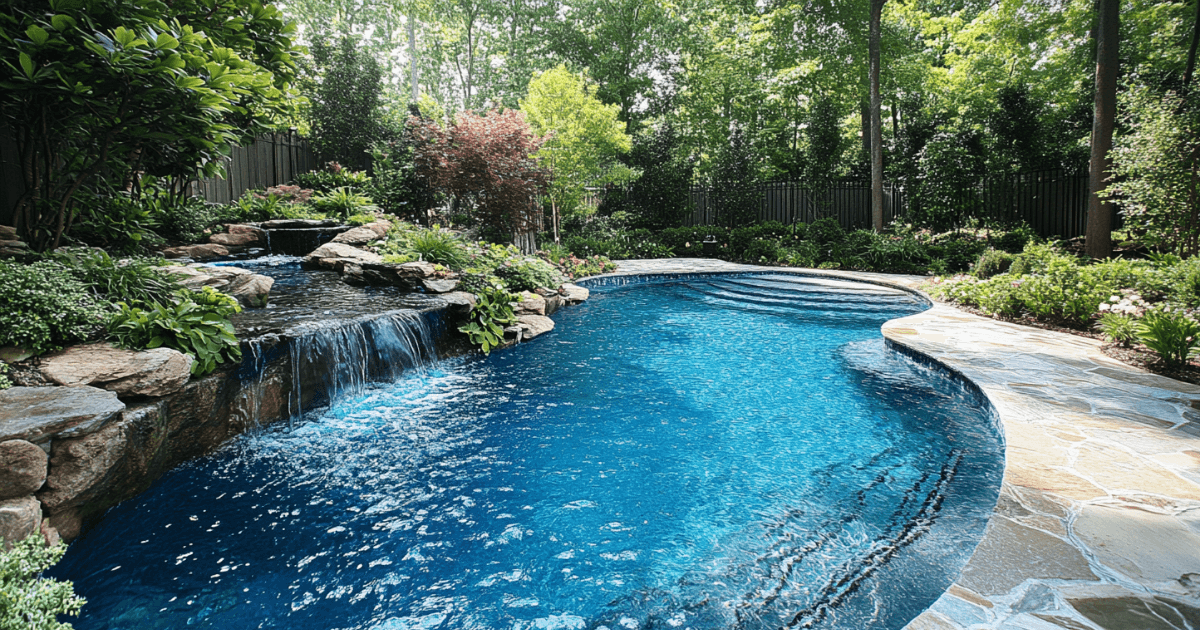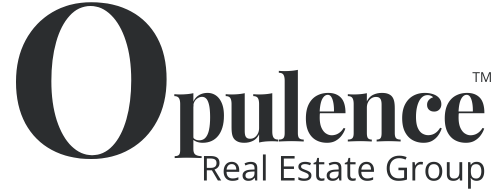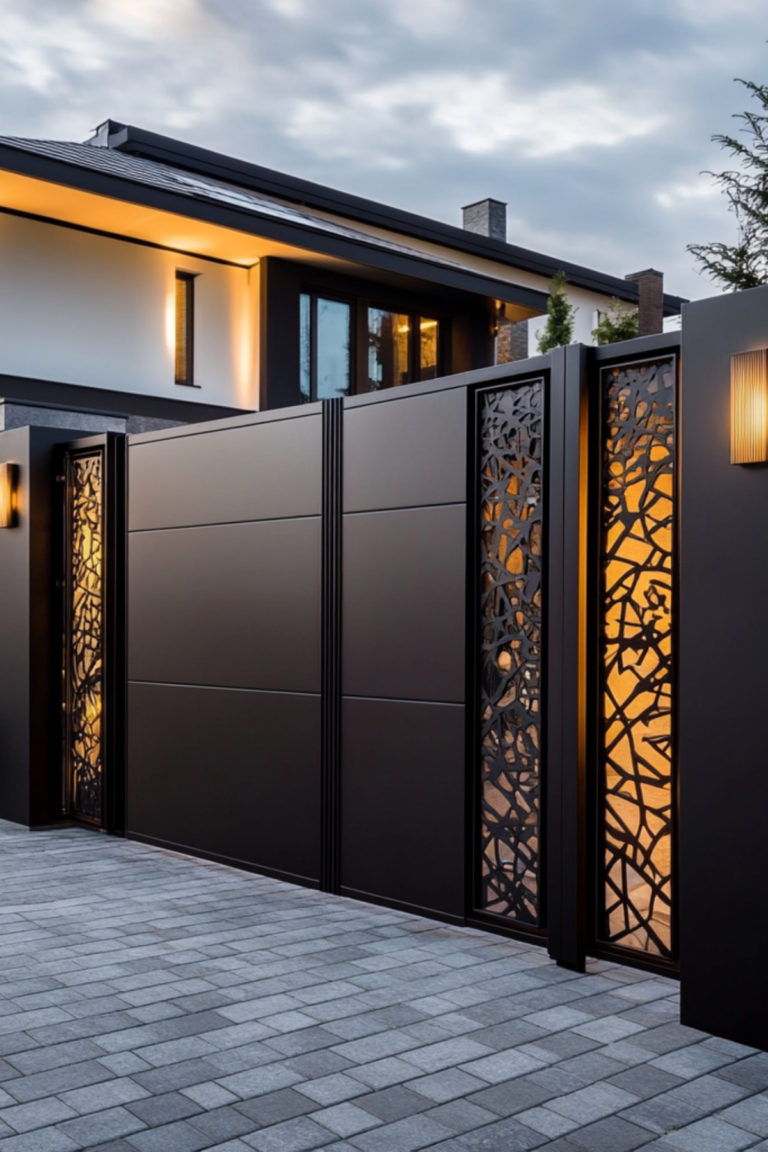
Imagine a home that doesn’t just shelter you but actively supports your health and well-being. This isn’t a futuristic fantasy—it’s the reality of wellness real estate, a booming trend in the luxury market. With global wellness expenditures surpassing $4.5 trillion, it’s no surprise that high-end buyers are prioritizing homes designed with health in mind. From air filtration systems to on-site yoga studios, wellness real estate is reshaping how we think about luxury living.
What Is Wellness Real Estate?
Wellness real estate refers to homes and communities intentionally designed to enhance physical, mental, and emotional well-being. It goes beyond traditional luxury features like marble countertops or expansive floor plans. Instead, it incorporates health-focused elements, such as:
- Biophilic design: Emphasizing natural light, greenery, and organic materials to improve mood and reduce stress.
- Smart air and water systems: Ensuring clean air and water to promote better health.
- Wellness-focused amenities: Think saltwater pools, meditation gardens, and gyms equipped with the latest tech.
- Holistic community design: Walkable neighborhoods, organic food options, and shared wellness spaces.
Why Are Buyers Demanding Wellness Real Estate?
Health-conscious living has become a priority for high-net-worth individuals. Several factors are driving this trend:
- Pandemic Influence: The COVID-19 pandemic heightened awareness of indoor air quality, ventilation, and overall home health.
- Tech-Enabled Living: Innovations in home technology make it easier to integrate wellness features, like circadian lighting or apps that monitor air quality.
- Rising Stress Levels: Luxury buyers are seeking sanctuaries where they can unplug and rejuvenate.
- Longevity Goals: With a growing focus on living longer and better, affluent homeowners see wellness real estate as an investment in their future.
Examples of Wellness Real Estate Features
Luxury homes and communities are pushing the boundaries of what’s possible in health-focused design. Here are some standout features:
- Air Quality Monitoring: Systems that continuously assess and improve air quality inside the home.
- Circadian Lighting: Smart lighting systems that align with the body’s natural rhythms, enhancing sleep and energy levels.
- Hydrotherapy Spas: Personal spas offering hydrotherapy, which is known to reduce inflammation and improve circulation.
- On-Site Nutritionists and Trainers: Some developments even include access to wellness professionals.
- Nature Integration: Rooftop gardens, indoor greenery, and homes situated near trails or water bodies.
Key Players in Wellness Real Estate
Major developers and architects are embracing this trend, creating communities that prioritize health:
- Delos Living: Known for its WELL Building Standard, Delos integrates wellness into homes and commercial spaces.
- Toll Brothers: This luxury home builder has incorporated wellness elements into their new communities.
- Miraval Residences: Combining spa-like amenities with everyday living, Miraval sets a new standard for holistic homes.
Is Wellness Real Estate Worth the Investment?
For buyers, the benefits are clear: improved health, a more tranquil living environment, and a sense of community. For investors, wellness real estate offers strong resale potential, as demand for health-focused properties continues to rise. According to the Global Wellness Institute, wellness real estate grew by 22% annually from 2017 to 2020, and it’s poised for even greater expansion in the coming years.
The Future of Wellness Real Estate
As technology and design continue to evolve, so will the possibilities for wellness real estate. Future trends may include:
- Homes equipped with AI health assistants.
- Communities designed around “blue zones”—areas where people live significantly longer.
- Customizable wellness packages tailored to individual health goals.
Wellness real estate isn’t just a fleeting trend—it’s a paradigm shift in how we define luxury living. As more homeowners prioritize their health and well-being, this sector is set to revolutionize the real estate market, one high-end home at a time.




